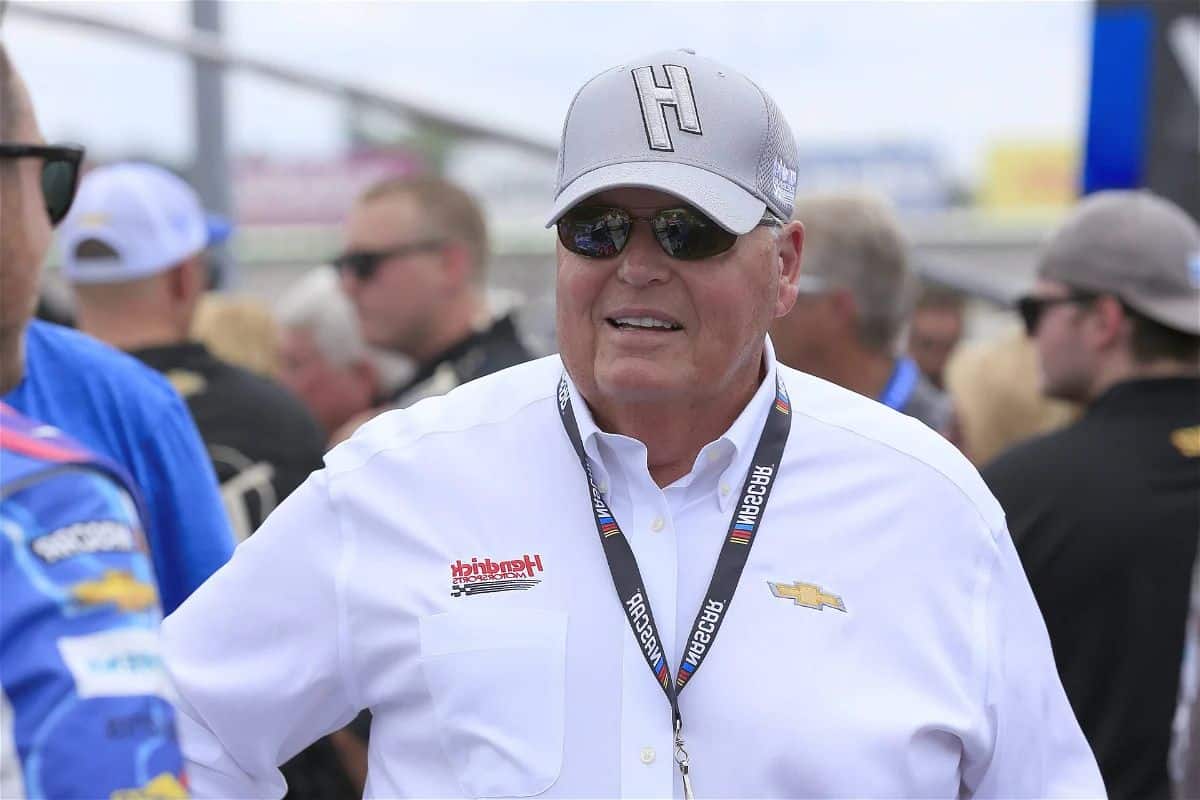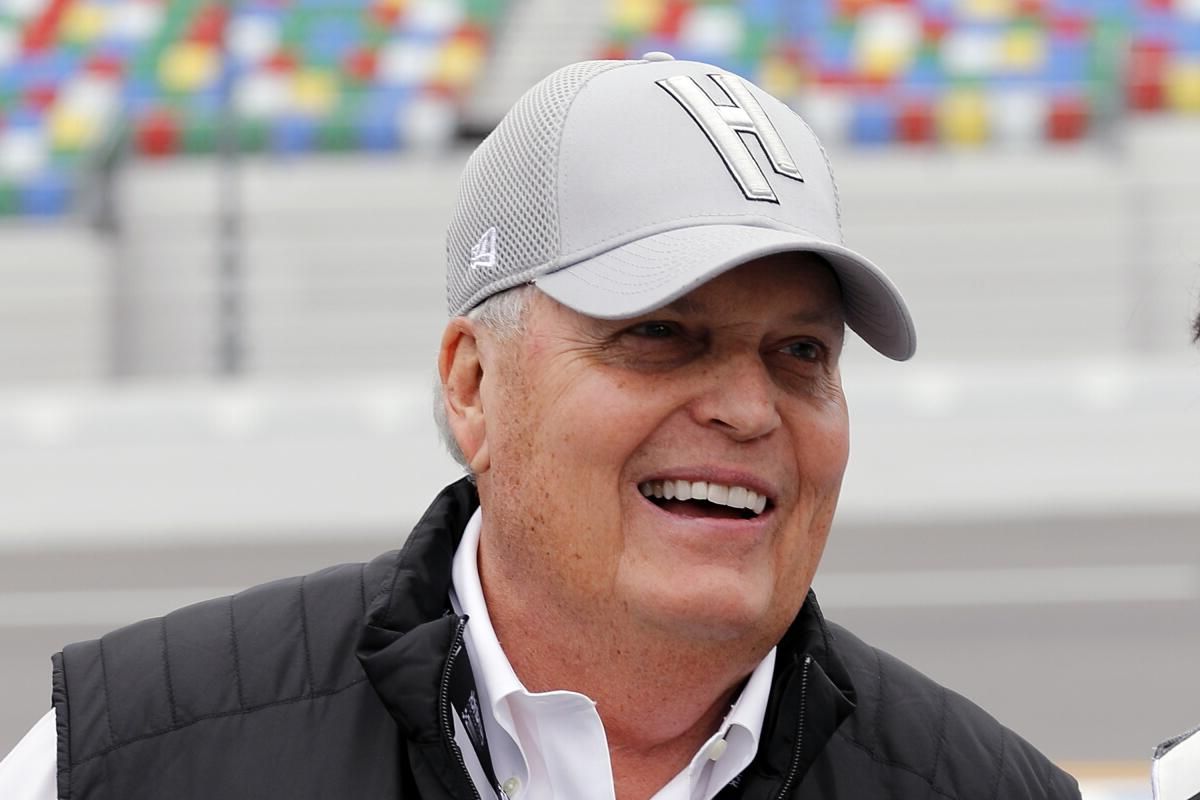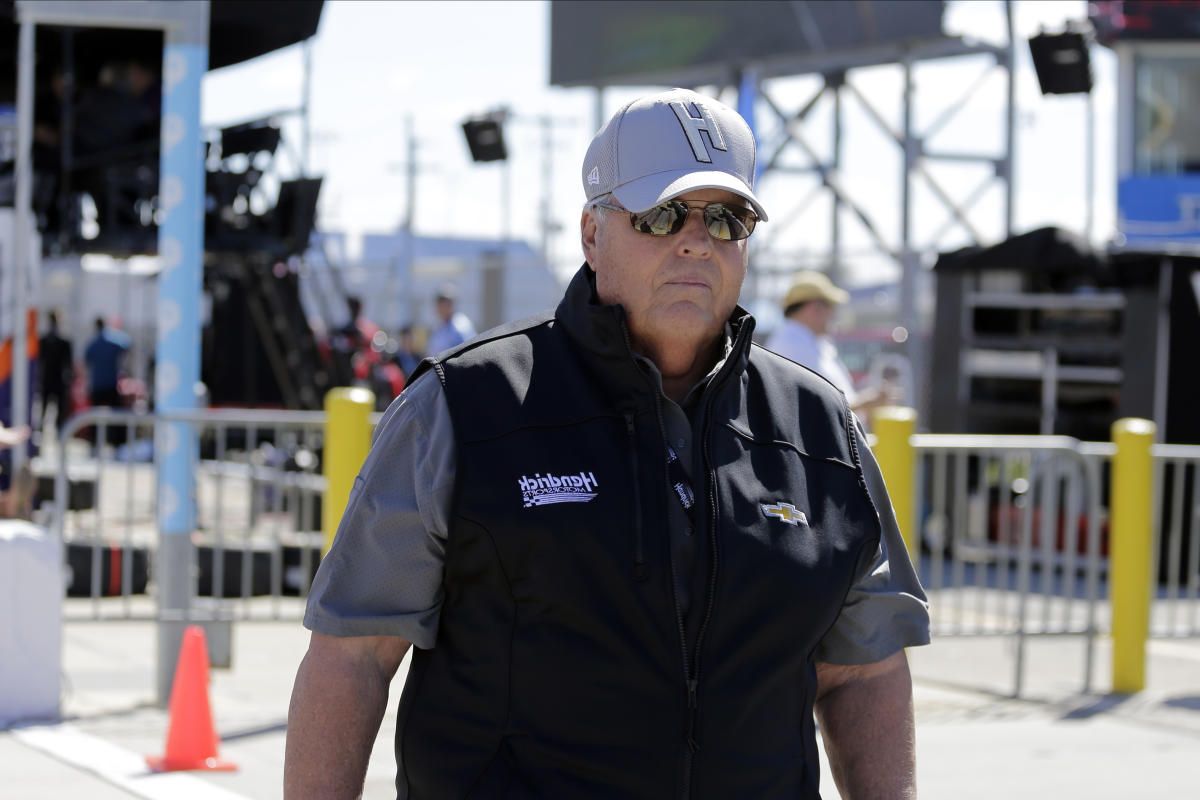Rick Hendrick Loses Millions: The highly anticipated arrival of the Next-Gen Car in NASCAR has brought about a wave of excitement and curiosity among racing enthusiasts. With its advanced features and technological advancements, this new generation of cars promises to take the sport to new heights.
However, recent revelations by Jeff Gordon have shed light on the financial challenges faced by Rick Hendrick, the renowned team owner, in adapting to this next-level racing machine. As the details unfold, it becomes evident that Hendrick Motorsports has incurred substantial losses in this transition, leaving fans and industry insiders wondering about the implications for one of the sport’s most successful teams.
The impact of these losses and the future of Hendrick Motorsports hang in the balance, making it imperative to explore the underlying factors and potential ramifications of this unexpected setback.
Key Takeaways
- The Next-Gen car transition has resulted in significant financial losses for Rick Hendrick.
- Hendrick Motorsports has invested millions in parts and equipment for the new car, impacting their budget.
- The financial strain faced by Hendrick Motorsports highlights the challenges of adapting to the Next-Gen car.
- Overcoming financial obstacles is crucial for Hendrick Motorsports to maintain their competitive edge in NASCAR.
Introduction to the Next-Gen Car
The introduction of the highly anticipated Next-Gen (Generation 7) car has brought significant changes to the NASCAR landscape, revolutionizing the sport and captivating fans with its innovative features. This new car has not only enhanced the performance on the track but has also transformed the way teams strategize and collaborate with manufacturers.
One of the key aspects of the Next-Gen car is its performance enhancements. The car’s aerodynamics have been improved, resulting in better handling and increased speed. Additionally, the chassis has been redesigned to provide a more stable and balanced ride, allowing drivers to push the limits of their abilities. These changes have not only made the racing more thrilling but have also challenged drivers to adapt their skills to the new car’s capabilities.
Technical specifications have also played a crucial role in the development of the Next-Gen car. The introduction of a single-source supplier for components such as the engine, transmission, and suspension has ensured a level playing field for all teams. This move has encouraged manufacturer partnerships, as they work closely with teams to optimize the performance of their cars. This collaboration has not only improved the overall quality of the vehicles but has also created a sense of brand identity and loyalty among fans.
Driver feedback has been instrumental in shaping the Next-Gen car. NASCAR has worked closely with drivers to gather their input and incorporate their suggestions into the car’s design. This driver-centric approach has resulted in a car that is not only fast and reliable but also comfortable to drive, allowing drivers to focus on their performance.
The introduction of the Next-Gen car has also affected team strategies. With a more standardized car, teams now have to rely on their skill in adjusting and fine-tuning the vehicle to gain a competitive edge. The ability to adapt and make quick adjustments during races has become even more crucial, as the Next-Gen car demands a different approach to racing.
Features and Advancements of the Next-Gen Car
With its groundbreaking advancements and futuristic design elements, the Next-Gen car represents a significant leap forward for NASCAR, revolutionizing the sport and captivating fans with its innovative features. This new generation of NASCAR vehicles brings forth a range of performance enhancements, aerodynamic improvements, technology integration, racing capabilities, and design innovations that promise to elevate the racing experience to new heights.
| Advancements | Features |
|---|---|
| Performance enhancements | Independent rear suspension, larger wheels and brakes |
| Aerodynamic improvements | Revolutionary rear diffuser, enhancing airflow and downforce |
| Technology integration | Advanced data acquisition systems, providing real-time analytics |
| Racing capabilities | Sequential gearbox, improving gear shifting for smoother races |
| Design innovations | Futuristic bodywork, enhancing aesthetics and brand identity |
The Next-Gen car’s performance enhancements, such as the independent rear suspension, larger wheels, and brakes, will provide drivers with improved handling and control on the track. The aerodynamic improvements, particularly the revolutionary rear diffuser, will enhance airflow and generate more downforce, enabling the cars to achieve higher speeds and better grip. Technology integration will play a crucial role, as advanced data acquisition systems will provide real-time analytics, enabling teams to make informed decisions during races.
In terms of racing capabilities, the Next-Gen car will feature a sequential gearbox, improving gear shifting and allowing drivers to maintain better momentum throughout the race. Finally, the design innovations, including futuristic bodywork, will not only enhance the car’s aesthetics but also serve as a symbol of NASCAR’s commitment to innovation and progress.
Financial Challenges and Transition Costs
As the Next-Gen car ushers in a new era of innovation and performance in NASCAR, teams like Hendrick Motorsports are grappling with the significant financial challenges and transition costs associated with this groundbreaking change. The shift to the Next-Gen car has had a substantial financial impact on Hendrick Motorsports, potentially costing the team millions of dollars. Jeff Gordon, a former NASCAR driver and current commentator, revealed that the team had to make extensive investments in parts and equipment to adapt to the new car.
Transition costs have been a major concern for teams like Hendrick Motorsports. The switch to the Next-Gen car requires significant modifications and upgrades, resulting in additional expenses. These costs include purchasing new parts, retraining personnel, and modifying existing infrastructure to accommodate the new car’s specifications. With limited resources and budget constraints, teams face economic challenges in managing these transition costs effectively.
Hendrick Motorsports, being one of the top teams in NASCAR, has had to navigate these financial challenges while striving to maintain their competitive edge on the race track. The team’s investments in the Next-Gen car have strained their budget, requiring careful financial planning and resource allocation to ensure a smooth transition without compromising their racing potential. Despite the financial hurdles, teams like Hendrick Motorsports remain committed to embracing the Next-Gen car’s potential and are determined to overcome the financial obstacles to stay at the forefront of NASCAR’s evolution.
Positive Outlook and Racing Potential
Despite the financial challenges faced by teams like Hendrick Motorsports, there is an optimistic outlook for the Next-Gen car’s racing potential, according to Jeff Gordon. In a recent statement, Gordon acknowledged the strain on teams’ finances but remained positive about the competitive edge, driver confidence, and cost benefits that the Next-Gen car brings to the table. He praised the improvements in race dynamics, highlighting the enhanced racing experience that drivers and fans can expect.
To provide a deeper understanding of the Next-Gen car’s potential, let’s take a closer look at the key factors contributing to its positive outlook:
Competitive Edge: The Next-Gen car is designed to level the playing field, offering teams a more equal opportunity to compete. With a focus on performance and driver skill, this new generation of cars aims to create exciting and closely contested races.
Driver Confidence: The Next-Gen car’s improved handling and control instill confidence in drivers, allowing them to push their limits and showcase their skills on the track. This heightened confidence can lead to more aggressive and thrilling racing.
Cost Benefits: While the initial transition to the Next-Gen car may come with financial challenges, over time, it is expected to offer cost benefits. The standardized parts and components reduce the need for expensive custom-built equipment, making it more economically viable for teams.
Race Dynamics: The Next-Gen car’s advanced aerodynamics and suspension system enhance the race dynamics, creating more overtaking opportunities and closer battles on the track. This promises to deliver an exhilarating and unpredictable racing experience for both drivers and fans.
Adaptation Skills: The Next-Gen car requires drivers to adapt to its unique characteristics, such as the sequential gearbox and independent rear suspension. Jeff Gordon expressed confidence in drivers’ ability to quickly adapt and maximize the potential of this new vehicle.
Hendrick Motorsports Legacy and Future Endeavors
Hendrick Motorsports, a pillar of the NASCAR community with a storied history of success, is poised to continue its legacy and embark on new endeavors as the Next-Gen era takes shape. With nearly 40 years of existence, Hendrick Motorsports has established itself as a dominant force in NASCAR, achieving numerous victories and championships under the leadership of Rick Hendrick. As the 2024 season unfolds, the team is focused on navigating the changing landscape of the sport, particularly in terms of team dynamics, sponsorship deals, driver lineup, performance expectations, and fan engagement.
In terms of team dynamics, Hendrick Motorsports has built a strong and cohesive organization that emphasizes collaboration and innovation. The team’s success can be attributed to the collective efforts of talented engineers, crew members, and support staff who work seamlessly together to optimize performance on and off the track.
Sponsorship deals play a crucial role in the financial stability and growth of any NASCAR team, and Hendrick Motorsports has been successful in securing long-term partnerships with reputable brands. These sponsorships not only provide financial support but also contribute to the team’s overall visibility and brand recognition.
The driver lineup at Hendrick Motorsports is a testament to the team’s commitment to excellence. With a roster of talented and experienced drivers, including the likes of Chase Elliott, William Byron, Alex Bowman, and Kyle Larson, the team is well-positioned for continued success in the Next-Gen era. Each driver brings a unique skill set and racing style, which adds depth and competitiveness to the team.
As expectations for performance continue to rise, Hendrick Motorsports remains focused on maintaining its winning legacy. The team invests heavily in research and development, utilizing cutting-edge technology and data analytics to optimize car performance and gain a competitive edge.
Fan engagement is a vital aspect of Hendrick Motorsports’ legacy and future endeavors. The team recognizes the importance of connecting with fans through various platforms, including social media, fan events, and merchandise. By fostering a strong relationship with its fan base, Hendrick Motorsports aims to create an unforgettable experience for NASCAR enthusiasts and ensure their continued support.
Conclusion Of Rick Hendrick Loses Millions
The transition to the Next-Gen Car in NASCAR has presented both challenges and opportunities for Rick Hendrick and his team.
While the financial costs have been significant, the advancements and potential for improved racing have generated a positive outlook.
Hendrick Motorsports, with its prestigious legacy, remains determined to navigate this transition successfully and continue to make strides in the future of NASCAR.

Our Reader’s Queries
Q. Who did Rick Hendrick lose in a plane crash?
A. Tragedy struck as all ten individuals on board perished, including members of the Hendrick family. The victims included John Hendrick, the President of Hendrick Motorsports, his twin daughters, and Ricky Hendrick, a former Busch Series driver and heir to the Hendrick empire.
Q. How did Rick Hendrick make his fortune?
A. In the world of wheels, Rick’s roots ran deep – his old man tinkered with race cars. In his youth and twenties, Rick tore up tracks in stock cars and rode the waves in powerboats. At a young 22, he donned the car salesman hat, and by 26, he snagged the title of the youngest Chevrolet dealer in the U.S. Fast forward to the early ’90s, and Hendrick Automotive revved its engines to become one of the nation’s largest dealership groups.


